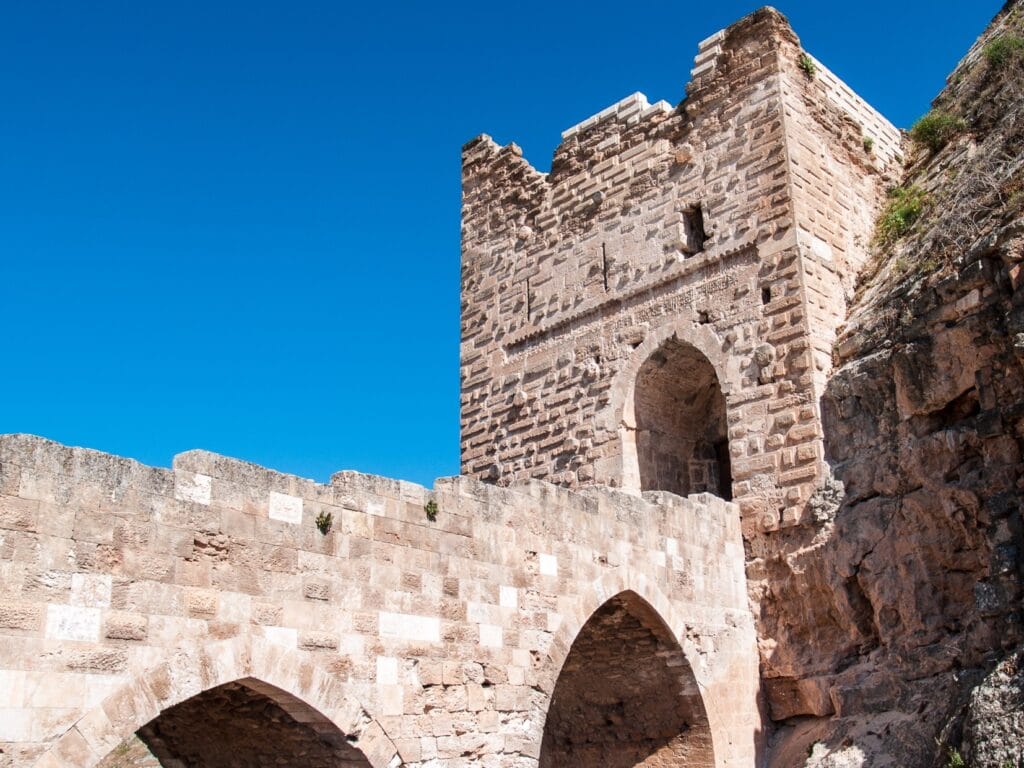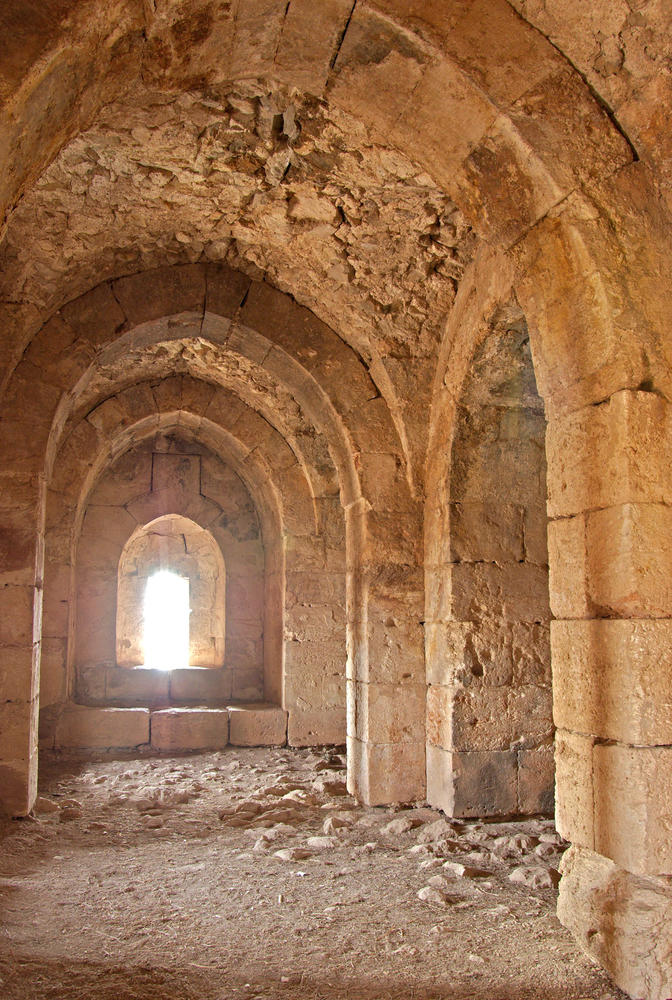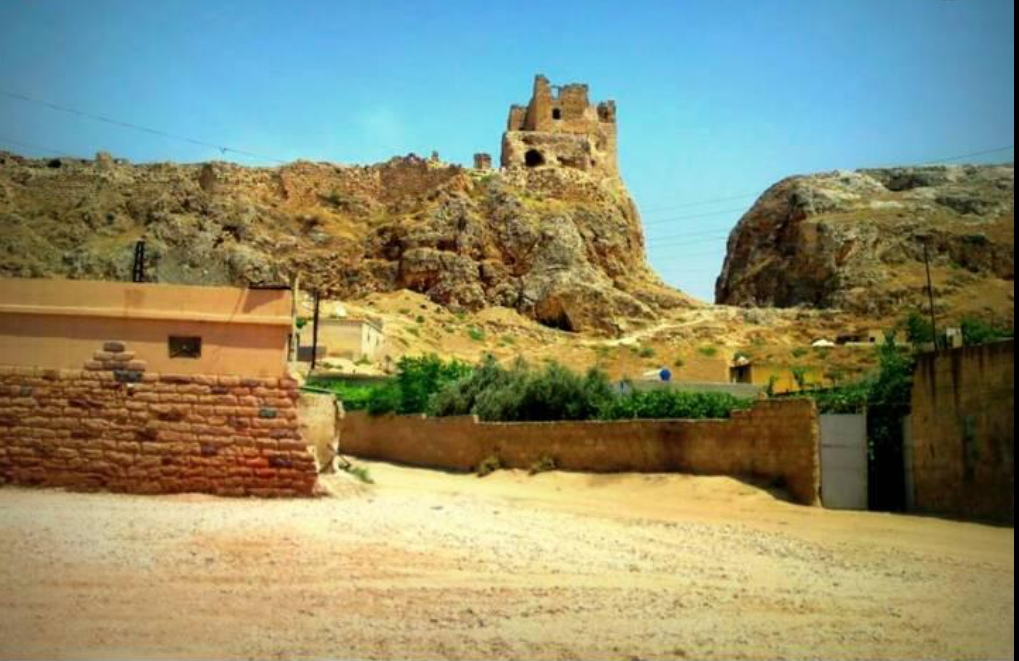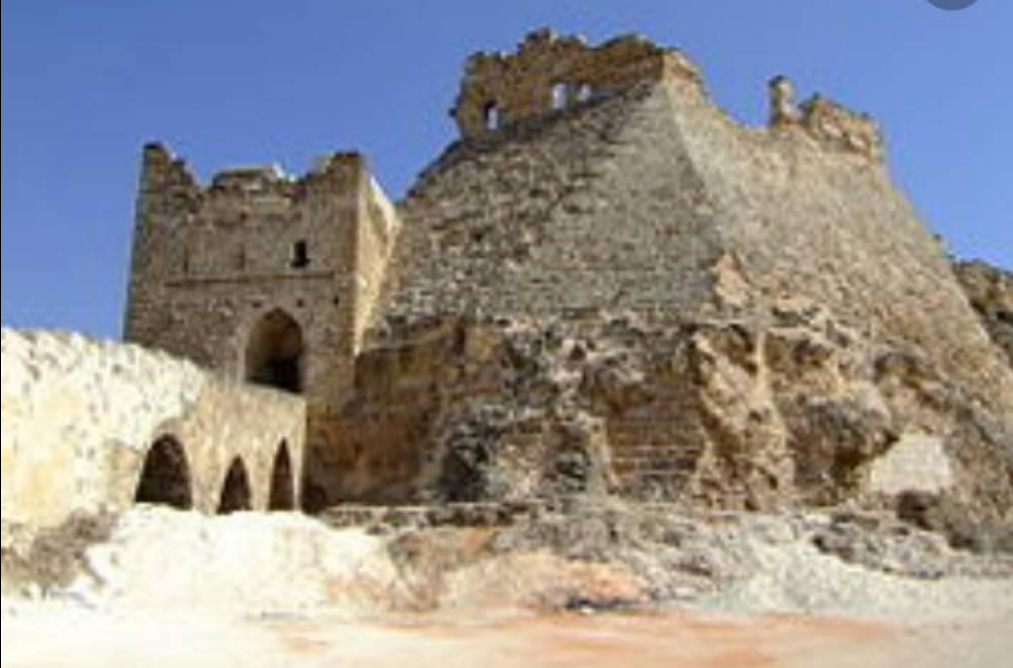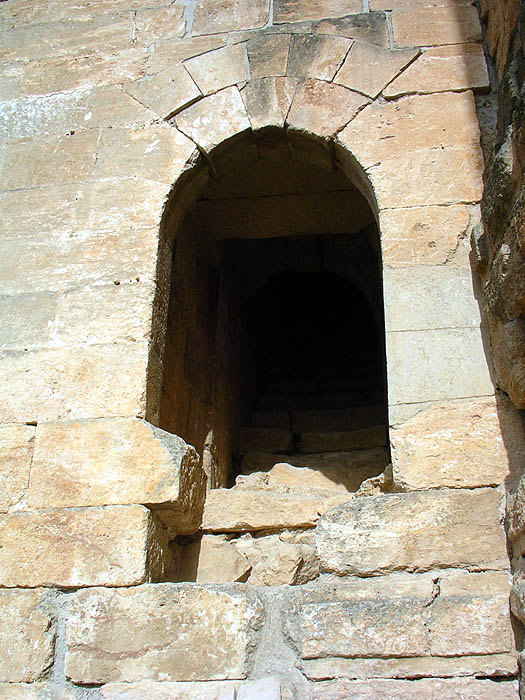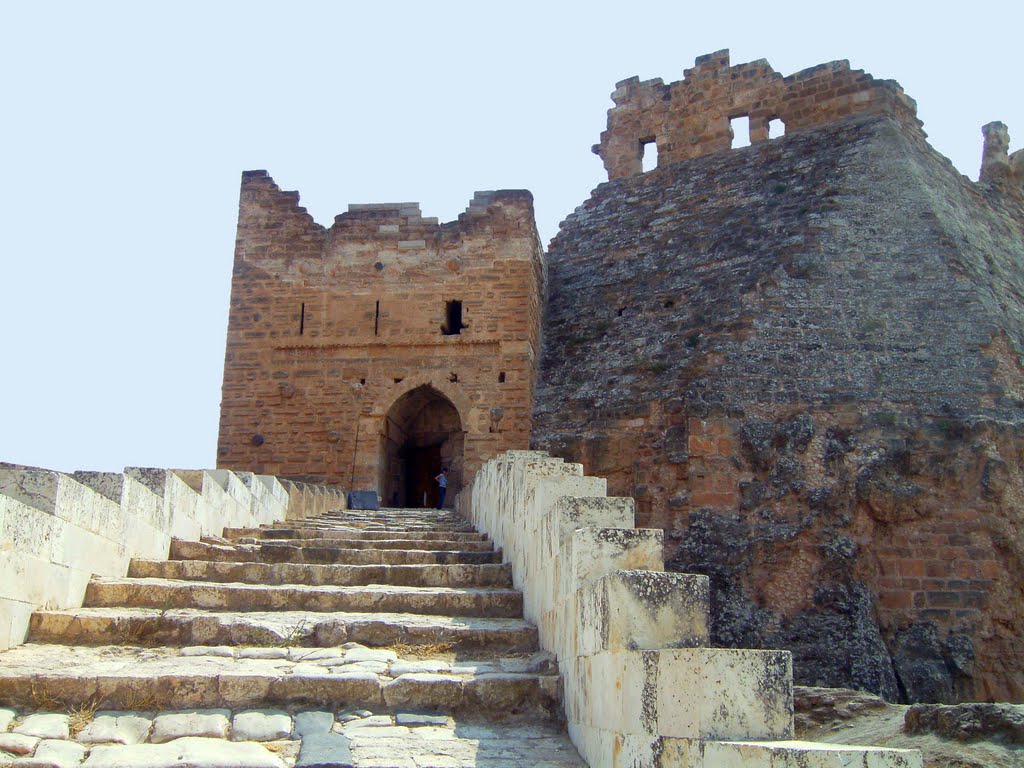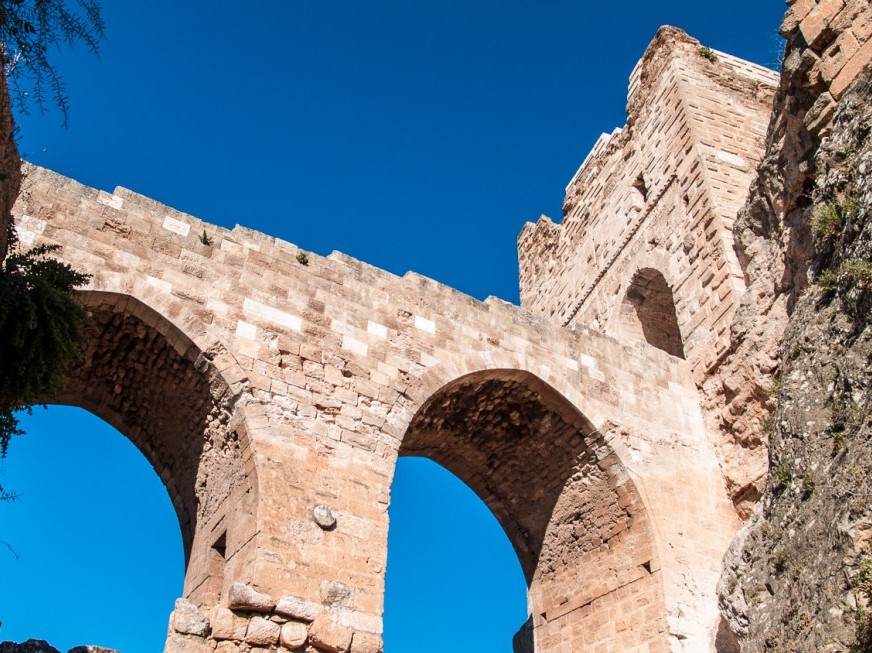
Shayzar (Shaizar) Castle
“Fate is indeed an impregnable fortress.” – Usama ibn Munqidh.
Our family hails most recently from Jisr al-Shughur in Syria before emigrating to the United States. Before that, the family traces its origins to the citadel of Shayzar some 78 kilometers south.
Ancient Times
Shayzar, or the modern spelling of Shaizar, is a variant of our family name’s spelling, which is Saydjari. The town itself has been known by many names throughout history. These include Śa-ḏa-ra (Middle Egyptian writing from the 15th century BCE)and Zinzar (from 1220 BCE in a written contract). Other names have been Larissa and Orontem, Senzar, Sizara, Sisara, Sysara, Sezar, Sidzara, Seyzer, Sezer, Shaizar, Shayzar, and Larissa. Still, others were Larissa on the Orontes, Caesarea, Caesar, Cesara, and Hisn al-Jisr (Fortress at the Bridge). The list continues with Zinzira (ancient Hittite texts), Zizara, Saĝar (colloquial spelling), and Saijar. The Greeks referred to it as Σίνζαρα (Sínzara), and Σίζαρα (Sízara).
Location & History
Shaizar (modern spelling) is located in northwest Syria, about 35 km northwest of Hama. Here the gently rolling hills of the countryside around Hama give way to the lowlands known as the Ghab.
Adjacent to the town, the Orontes River has cut a deep valley through the rocky cliffs. This forms a spur projecting from the surrounding lowlands. The spur is known in English as the cock’s comb and was considered strategically valuable. A fortification was built 120 meters above the village of Shayzar. This sat atop the spur overlooking the Orontes River, probably in the late tenth century CE.
Naturally protected on three sides, the fortress was defended on its fourth side to the south by an impressive man-made moat. The Qala’at (castle) Shayzar was born, and its ruins stand on the same ground to this day. The castle guarded a strategic crossing on the road connecting the important trading cities of the day.
Egyptian Mention
Shayzar is an ancient settlement and is mentioned in Egyptian documents, notably the Amarna tablets, of the fourteenth century BCE. In Roman times it was known as Sizara and as Sezer in Byzantine Greek. It has been inhabited continuously since at least the second millennium BCE and probably longer.
Around 1350 BCE, the King of Qatna in central Syria wrote a desperate letter to Pharaoh Amenophis III. In it, the king begged the pharaoh to send troops to the pro-Egyptian coalition. They needed support against the mighty Hittites who were approaching Syria from the north. One of the steadfast kingdoms in this coalition was Zinzar, later known as Shayzar.
Greek Mentions
The Greeks inhabited the town when Alexander the Great’s General Seleucos I settled there with his cavalry veterans around 300 BCE. They called the town Larissa in honor of the hometown of one of his men. In 63 BCE, Larissa, along with the rest of Syria, was conquered by the Roman Empire.
The town changed hands several times between Byzantine and Islamic rulers over hundreds of years. The region was the home to two aristocratic military families, the Banu Munqidh and the Banu l-Daya. In 1081 CE, Shayzar came into the possession of the royal family Munqidh. They defended the fortress against rival regional powers and the invading Crusaders.
Usama bin Munqidh
It is not possible to fully discuss Shayzar Castle without examining the life of its most famous son. The autobiography of Prince Usama bin Munqidh is an impressive account of the city’s heyday during the 12th century, including its culture and day-to-day life. Usama was a medieval Muslim poet, author, faris (knight), and diplomat from the Banu Munqidh dynasty of Shaizar in northern Syria. His life coincided with the rise of several medieval Muslim dynasties, the arrival of the First Crusade, and the Crusader states’ establishment.
He was born in Shaizar, also known as Seyzer. He was the nephew and potential successor of the emir of Shaizar but was exiled in 1131 CE when the emir’s wife bore a son. Usama spent the rest of his life serving other leaders in the region. He was a courtier to the Burids, Zengids, and Ayyubids in Damascus, serving the Zengi, Nur ad-Din, and Saladin for almost fifty years. He traveled extensively in Arab lands, visiting Egypt, Syria, Palestine, and the Tigris River.
Usama bin Munqidh was very famous as a poet and an adib (a “man of letters”). He wrote many poetry anthologies, such as the Kitab al-‘Asa (“Book of the Staff”), Lubab al-Adab (“Kernels of Refinement”), and al-Manazil wa’l-Diyar (“Dwellings and Abodes”). In modern times, he is remembered more for his Kitab al-I’tibar (“Book of Learning by Example” or “Book of Contemplation”), which contains lengthy descriptions of the Crusaders, whom he interacted with on many occasions. He remains among the most well-known men of his day.
The Great Earthquake
Most of his Usama’s family was killed in an earthquake that struck Shaizar in 1157 CE. Nur ad-Din, who was the ruler of the area, then incorporated the remains of Shayzar into his territory and rebuilt the city. Shayzar was destroyed again by another earthquake in 1170 CE, and the remnants were taken over by Saladin (whom Usama advised) in 1174 CE.
Photos of Shayzar Castle in Syria
